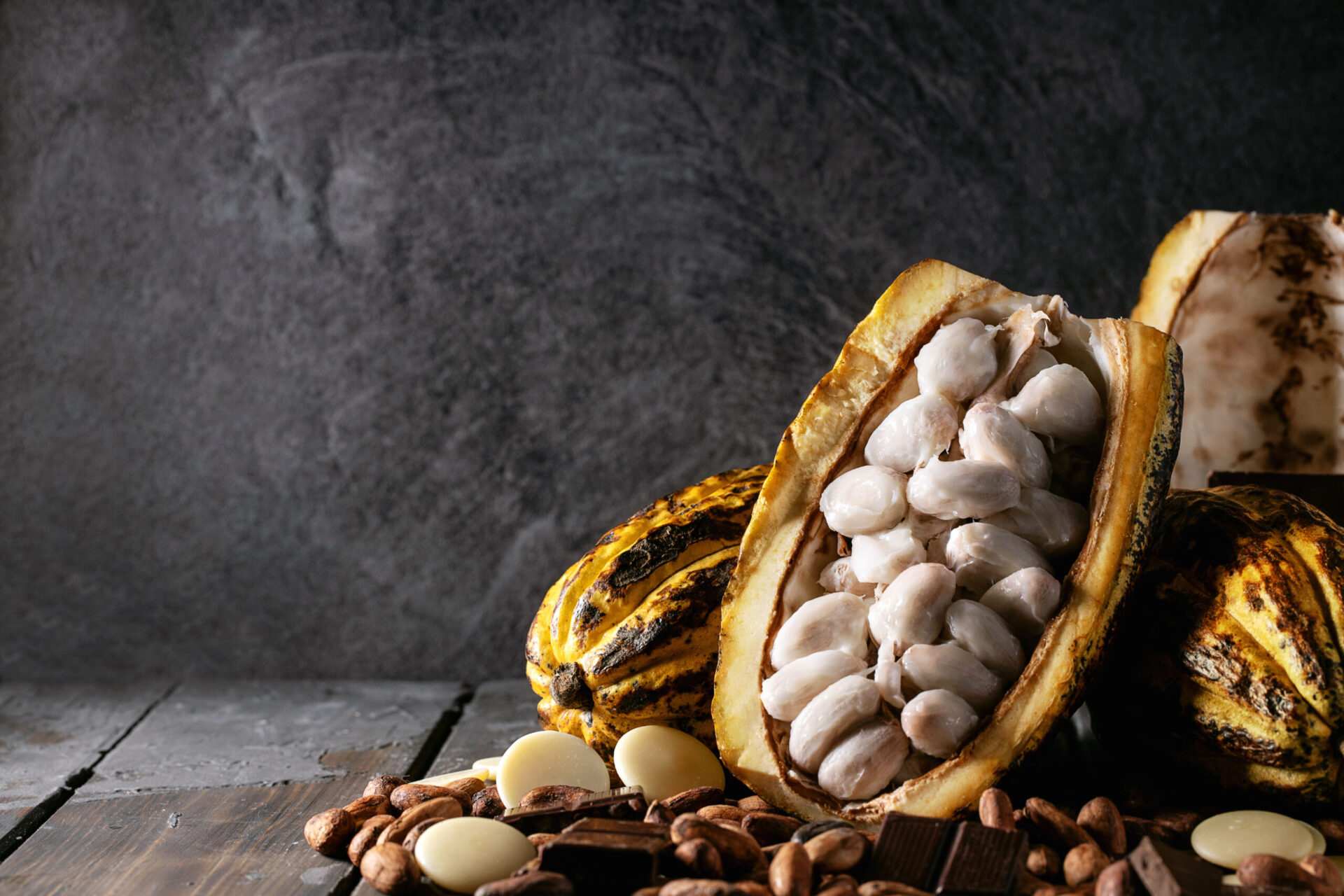
The leading market last year, despite having fallen by -7%, was the US with more than US$23 million and a concentration of 35% of shipments.
The organic cocoa export accumulated US$65,504,000 in 2022, which represented a decrease of -16% compared to what was registered the previous year, when it reached US$72,628,000, mainly due to lower shipments to the US and the European Union (UE), reported the Agro-export Management of the Association of Exporters (ADEX).
“With the exception of chocolates, which grew 47%, all other items experienced falls in the analyzed period: grain (-15%), nibs (-37%), cocoa butter (-54%), cocoa powder (-26%), cocoa paste (-31%) and cocoa residues (-26%),” the union detailed.
The leading market for organic cocoa and its derivatives, despite having registered a contraction of -7%, was USA with US$23 million 152,000 and a concentration of 35% of shipments. He followed Netherlands, with US$12 million 197,000 and a drop of -39%. They also closed in red Italy (-12%), Belgium (-36%), Australia (-15%) and United Kingdom (-57%).
Reasons behind the fall
According to the president of the Coffee and Cocoa Committee of the business union, José Antonio Mejía, his work group is very involved in achieving the prohibition in Peru of the use of the pesticide chlorpyrifos —already withdrawn in Europe and the US and in nations of the region (Chile, Argentina, Uruguay and Colombia )—, since they seriously harmed the export of organic cocoa and its substitutes.
“In Peru it is still being used, opening the possibility that cocoa exports are rejected by international buyers. This makes it difficult to export organic food due to the risk of cross contamination, ”he said after commenting that actions must be taken to take care of our production and its subsequent dispatch to the world.
He indicated that exporters are concerned about the possible presence of chlorpyrifos, glyphosate and fosetyl in the samples sent to potential buyers, since cocoa is produced by small farmers, who also have other crops (sprayed with these pesticides).
Some companies abandoned organic agriculture due to the high costs, such as paying for the analysis of all batches of cocoa from the different producing areas, in order to avoid rejection. “The doors to Europe and the US are closing on us,” he noted.
He added that the ADEX Coffee and Cocoa Committee is taking steps with the General Directorate of Environmental Health (Digesa), the National Agrarian Health Service (Senasa) and the General Directorate of Agrarian Environmental Affairs (DGAAA) of the Ministry of Agrarian Development and Irrigation (Midagri), so that they are withdrawn due to their high toxicity.
Mejía reported that when they carried out the analysis of the imports of chlorpyrifos and glyphosate, they verified that they were imported in large quantities, but the CIF prices are minimal, none exceeding US$300,000. “A cheap industry is spoiling an item with great potential that has a positive impact on thousands of small producers,” he concluded.
Source: Larepublica
Alia is a professional author and journalist, working at 247 news agency. She writes on various topics from economy news to general interest pieces, providing readers with relevant and informative content. With years of experience, she brings a unique perspective and in-depth analysis to her work.












